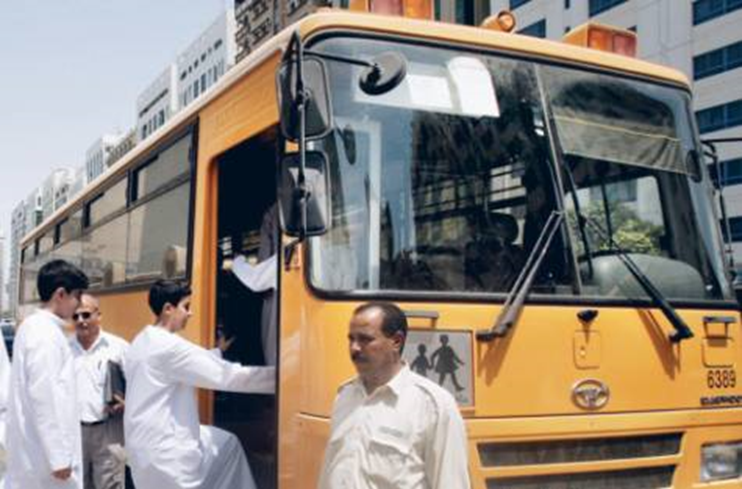Abu Dhabi Municipality is to concentrate on improved safety for schools and pedestrians across the emirate.
“We identify measures to mitigate high risks and reduce fatal and serious injuries on the roads,” said a spokesman from the infrastructure and assets division.
“Based on the Department of Transport and the police reports, we prepared a design to prevent further road traffic accidents through an improved kerb, pedestrian crossings and speed tables for speed control.”
The municipality is responsible for the operations and maintenance of internal roads.
The spokesman was speaking ahead of the 18th United Nations Road Safety Collaboration Meeting, being held at Al Mariyah Island tomorrow.
It is an informal discussion on how to best introduce recommendations from a world report on preventing accidents.
The municipality is a member of the safety and traffic solutions committee set up by the Executive Affairs Authority in January 2009.
The other members are the Department of Transport, Abu Dhabi Police and the Urban Planning Council.
“We are taking all of the strategies from this committee and implementing it in our network,” the municipality spokesman said.
The committee deals with engineering, education and enforcement. It advises on designs, manuals and standards, traffic management, road safety, urban street design and pedestrian safety.
Safety projects initiated by the municipality are part of its 2011 plan to cover all high-risk areas by 2015, the spokesman said.
“On Al Saada bridge we have now provided a crash cushion on the side of the road,” he said.
There are also crash cushions on Sheikh Zayed and Mussaffah bridges.
The municipality is also trying to cut traffic flows through congested neighbourhoods and make it safer for pedestrians and cyclists.
“People are worried about their children and speeding cars in their neighbourhoods,” the spokesman said. “We take road safety very seriously.”
School zones, which were previously unmarked, now have signs warning of a 30kph speed limit, improved road markings and speed bumps.
In March to April this year, the municipality distributed a questionnaire to public and private schools about road safety.
“They were concerned about traffic, parking, access and safety issues,” said the spokesman. “We also conducted workshops in schools to create awareness about staying safe on roads.”
Other measures include clear footpaths, tiles that tell the blind where it is safe to cross and another 13 pedestrian bridges in the emirate.
Zebra crossing zones will be bigger, kerbs lower, and fencing will be built on main roads and median areas to improve pedestrian safety.
Signs warning drivers that they will soon be entering an area with lower speed limits have been introduced on Sheikh Zayed Street (formerly Salam street), Khaleej Al Arabi Road, Airport Road, and near Maqta and Khalifa bridges.
In July, two pedestrians were killed near the junction of Khaleej Al Arabi Road and Zayed the 1st Street in Khalidiya.



